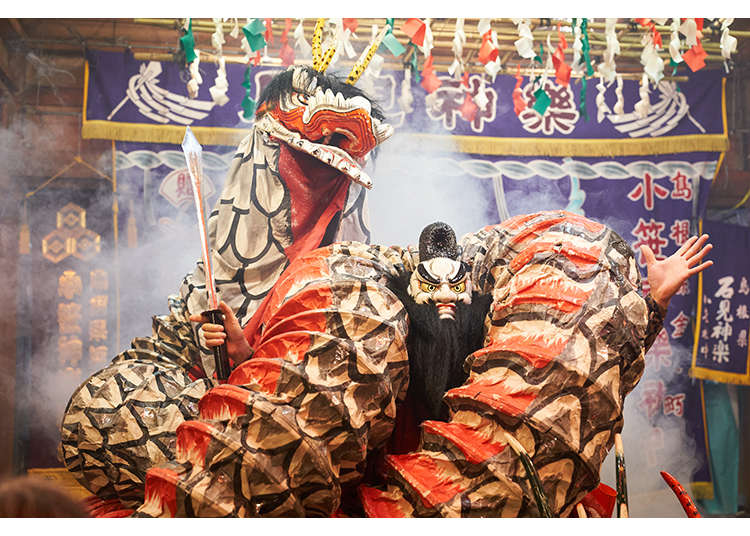
Hamada City in western Shimane Prefecture is famous for Iwami-kagura, a traditional performing art that draws tourists from Japan and all over the world. The city has many workshops that create props and costumes using ancient techniques passed down through generations of craftsmen.
But that’s just the beginning. Hamada City also offers the magnificent beauty of the Sea of Japan, a haven for those seeking fresh, delectable seafood, and the ultimate relaxation in its inviting hot springs. Let’s explore some of the fun things you can do in Hamada City, where tradition meets natural splendor.
*This article includes advertising content.
Experience the Intensity of Music and the Dynamic Dance of Iwami Kagura
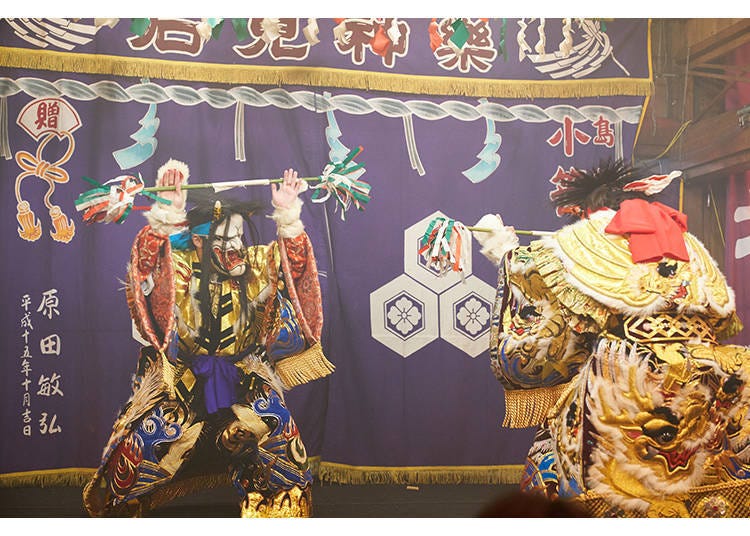
Iwami-kagura, a traditional performing art born in the Iwami region western Shimane Prefecture, is officially included in the Japan Heritage registry. A trademark of Iwami Kagura is the performers in gorgeous costumes dancing vigorously to lively musical accompaniment.
There are about 30 unique stories within these performances. The simple stories of good and evil based on mythology are enjoyed by audiences of all ages.
Although Hamada is a small city with a population of about 50,000, there are more than 50 groups that perform Iwami-kagura. As a result, the art is deeply integrated into the lives of the residents. Iwami-kagura is performed at shrines, festivals, events, weekly shows, and even at weddings.
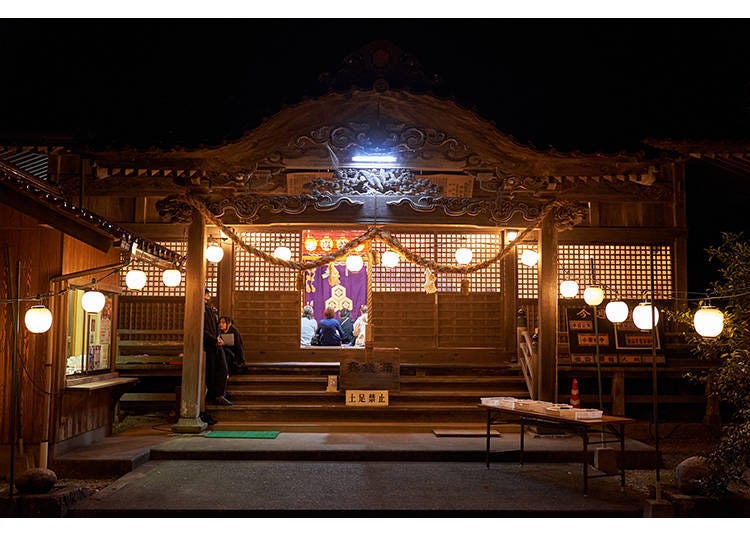
Sanku Shrine in Hamada City holds a Hamada Iwami Kagura Weekend Night Performance every Saturday from 8 PM to 9 PM. Each week, a different crue (* Iwami-kagura troupe) performs one or two performances.

At Sanku Shrine’s unique stage, the line between performers and the audience is nearly non-existent, allowing those in the front rows to immerse themselves incredibly close to the action. The atmosphere buzzes with excitement as spectators gather tightly, eagerly awaiting the start of the show.


The fast-paced music is one of the hallmarks of Iwami-kagura and adds to the performance’s exciting and dynamic atmosphere. Seeing the performers dash around the stage to the lively music is an incredible experience!

The most famous performance in Iwami-kagura is “Orochi,” named for the villain of the story, which is a hydra-like serpent monster from Japanese folklore. In the story, a Japanese god called Susanoo-no-Mikoto saves a young woman from being eaten by the terrible Orochi. The battle scene between Susanoo-no-Mikoto and Orochi is a must-see.


Each of Orochi’s heads sport a 17-meter-long body. They dash around the stage, locked in battle with Susanoo-no-Mikoto.

The entire front row screamed when the serpents leapt out onto the stage, accompanied by intense music. Everyone was transfixed as Susanoo-no-Mikoto gracefully defeated the monsters, one after the other.


The excitement came to a boil when the last white serpent was defeated! The moment it fell, the crowd burst into applause. And with that, the curtain closed on this thrilling performance.
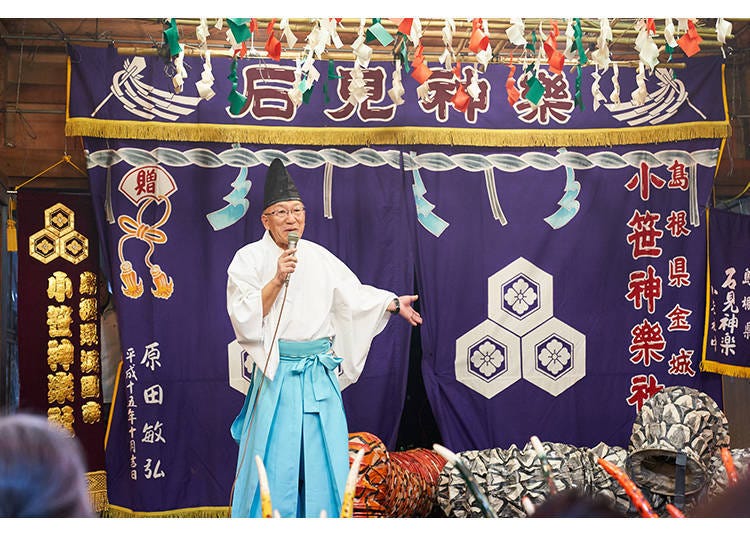
The Ozasa Kagura troupe’s performances are greatly supported by the enthusiastic participation of young children and students. Harada, a representative of the troupe, notes that “Many children volunteer because they're excited to join in.” The action-packed performance appeals to young audiences, who naturally want to be a part of the exciting shows.
Behind the Scenes: The Unique Process of Making Iwami-Kagura Masks
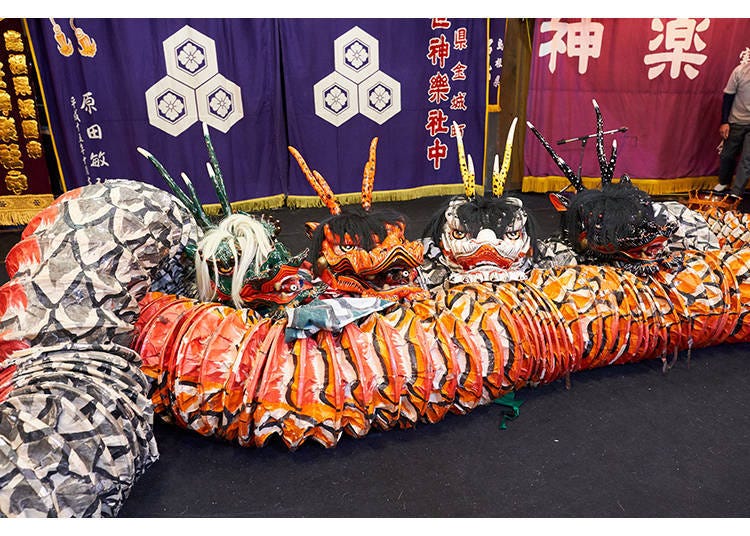
Artisans from Hamada City are the creators behind the vivid masks, the splendid costumes adorned with gold and silver thread, and the lifelike giant serpents seen in these performances. Their unique styles have become popular across the Iwami region. Additionally, many of the props utilized in these shows are crafted from Sekishu washi paper, a traditional Japanese paper also originating from Hamada City.
If you hold a performer’s paper mask, you’ll be surprised how light it is. In the past, carved wooden masks were used, but in the Meiji era (1868-1912), a new mask-manufacturing method using Japanese washi paper was created to better accommodate the strenuous movements of the performers.
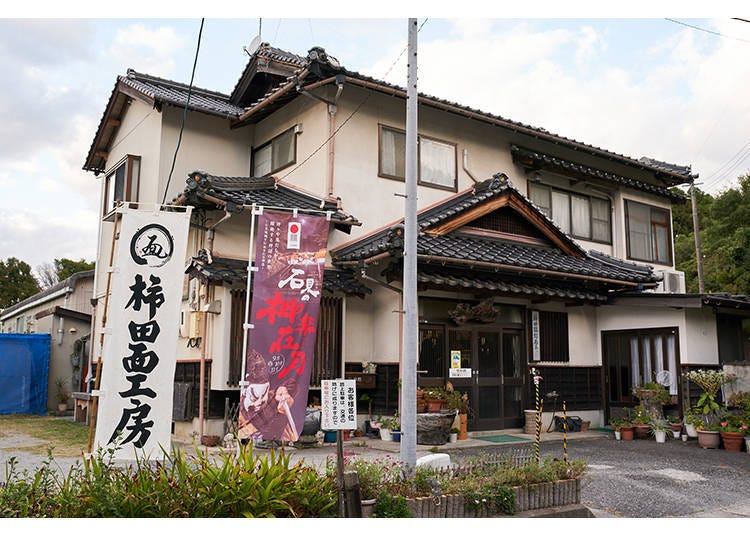

The Kakita Katsuro Mask Workshop in Hamada City receives commissions from kagura groups from all over Japan, and its walls are lined with masks of gods and female demons called hannya. Each mask is made by hand using ancient techniques and tailored to each customer’s specific requests.

The creation of Iwami-kagura masks involves a method known as “dakatsu.” This process begins with sculpting a clay mold. Following this, small pieces of Japanese washi paper are meticulously torn and layered upon each other to achieve a thickness ranging from two to five millimeters. The washi paper employed for these masks is crafted using long fibers from the kozo (paper mulberry) shrub, intricately woven to enhance the paper's strength and durability.

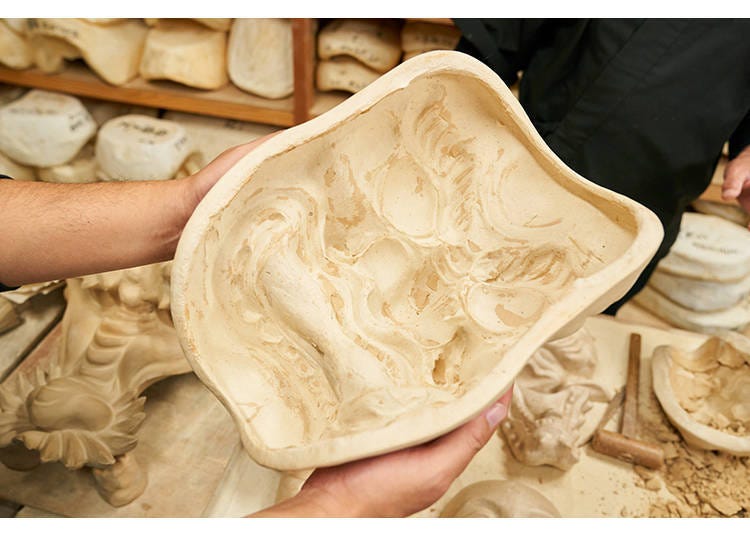
In the next step, the clay mold is broken with a mallet. The mask, which is firmly pasted together, remains intact when the mold is broken. By breaking the mold rather than needing to remove it, more intricate masks can be made.

Kakita, with the Kakita Katsuro Mask Workshop, describes Iwami-kagura as “kagura that continually evolves.” This constant evolution stems from the performing companies’ relentless pursuit of uniqueness in their masks and costumes. Each company’s specific requests for painted details or hair arrangements are catered to, leading to the creation of exceptionally eye-catching designs.
Over time, Iwami-kagura has grown increasingly elaborate, fueled by the friendly rivalry among companies striving to surpass each other. The masks not only embody the performers’ pride in their craft but also their deep-seated commitment to captivating and entertaining their audiences.
-
Kakita Katsuro Mask Workshop柿田勝郎面工房
- Address 636-60 Atsuta-cho, Hamada City, Shimane Prefecture
- Phone Number 0855-27-1731
Closed on Wednesdays
Experience the Craft of Sekishu Washi, the Paper That Brings Iwami-Kagura to Life
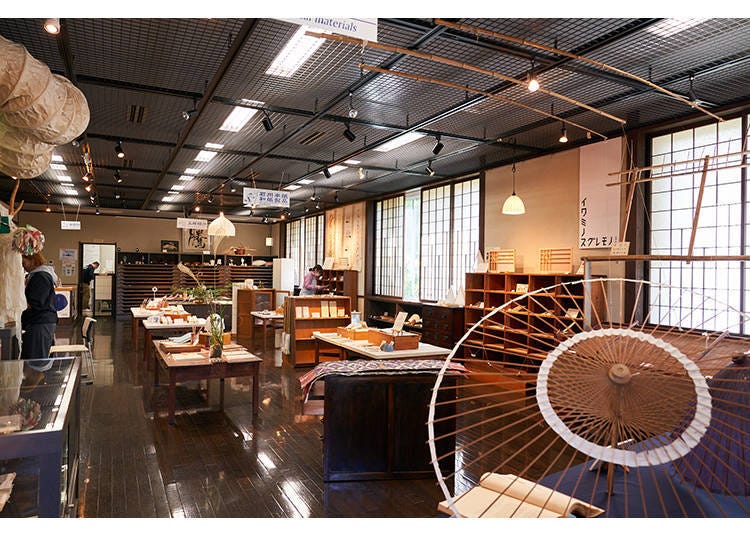
At the Sekishu Washi Center you can get up close and personal with the Sekishu washi paper that brings Iwami-kagura to life. Shrubs such as kozo (paper mulberry), mitsumata, and gampi are used as the raw materials in Sekishu washi paper. Of those, kozo is the main ingredient, and is grown in the local Misumi area.

Most of the manufacturing process of Sekishu washi paper is done by hand using traditional methods. After the kozo branches are harvested, they are prepared in a process called “kurokawa sozori” or black bark scraping.
First, the branches are steamed and the bark is peeled off, then the black parts of the bark are scraped off with a knife.
In other regions, the black outer bark is scraped off completely leaving only white, but for Sekishu washi paper, to preserve the fibers and strengthen the paper, the thin layer between the black and white parts of the bark is maintained. The strength of Sekishu washi paper is the reason why it doesn't tear easily even when the giant paper serpents rampage across the stage during Iwami-kagura.

After the black bark is removed, the kozo is washed, boiled, cleaned, and beaten to break up the fibers before being made into paper.
At the Sekishu Washi Center, visitors can try their hand at papermaking. The paper you make is yours to keep as a souvenir. Experience: Two postcard-size sheets (550 yen*), etc. Reservation required. (*Prices are current as of November 2023.)

The finished washi is sturdy and has a noticeable weight. The power of Iwami-kagura resonates through the paper itself.
-
Sekishu Washi Center石州和紙会館
- Address 589 Furuichiba Misumi-cho, Hamada City, Shimane Prefecture
- Phone Number 0855-32-4170
Closed Mondays (Unless Monday is a holiday, in which case the following weekday will be closed instead)
Hamada City is Also Known for Its Seafood! Try Fresh Fish at These Great Restaurants
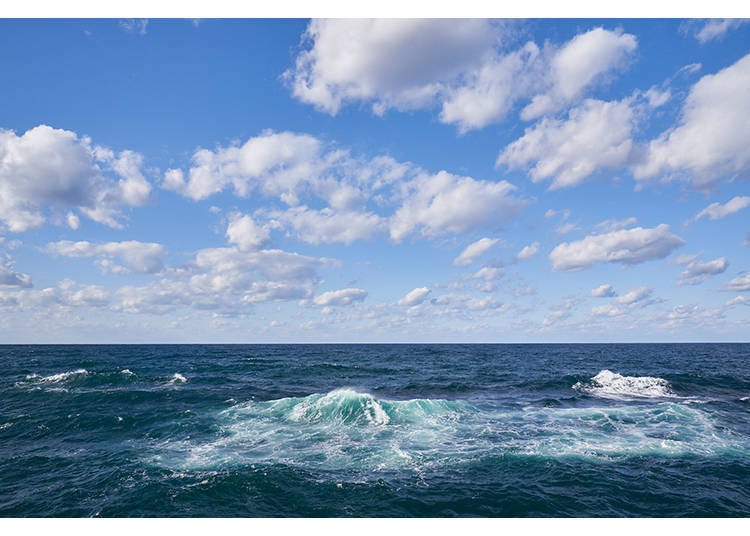
Looking out to the Sea of Japan, Hamada City is a treasure trove of seafood. Horse mackerel, northern bluefin tuna, and flatfish are just some of the signature fish caught out of Hamada City. The horse mackerel, in particular, is known for being much fattier than in other areas. This is because the horse mackerel here feed on a type of plankton that is 50% fat.


After undergoing renovations in 2021, the HAMADA OSAKANA ICHIBA (San’in Hamada Fishing Port Market) is now open once again. On its first floor, visitors have the opportunity to purchase freshly caught seafood sourced directly from the Hamada City area, offering the day’s freshest catch.

The seasonal fish on offer can't get any fresher! You’ll even find boxes stuffed with high-end northern bluefin tuna.

The commercial building on the first floor offers a selection of souvenirs from the San’in region, as well as doburoku (fermented rice alcohol), various craft beers, and non-alcoholic sweet sake. Grab their special “Saba Dog,” which is a grilled mackerel (saba) sandwiched in a bun like a hot dog.


On the second floor of the food court, you'll find three restaurants that primarily feature seafood from the San’in region. These eateries offer a variety of dishes including seafood rice bowls, sashimi (raw sliced fish), and fried fish. For a true Hamada culinary experience, don’t miss the chance to savor the seared northern bluefin tuna rice bowl at Meshidokoro Gussan, priced at 2,500 yen. This dish, featuring the exquisitely flavorful and tender northern bluefin tuna, is a delight that simply melts in your mouth.
-
HAMADA OSAKANA ICHIBAはまだお魚市場
- Address 3050-46 Harai-cho, Hamada City, Shimane Prefecture
- Phone Number 0855-23-7111
Closed Tuesdays (The fish marketplace is closed on Saturdays; may also be closed due to unforeseen circumstances.)


For a relaxing meal with a view of the Sea of Japan, try Gallery & Cafe FUN near JR Orii Station. The second floor of this renovated 120-year-old house features a panoramic view of the Sea of Japan. Lose track of time as you gaze out at the powerful and majestic sea from inside the serene cafe.
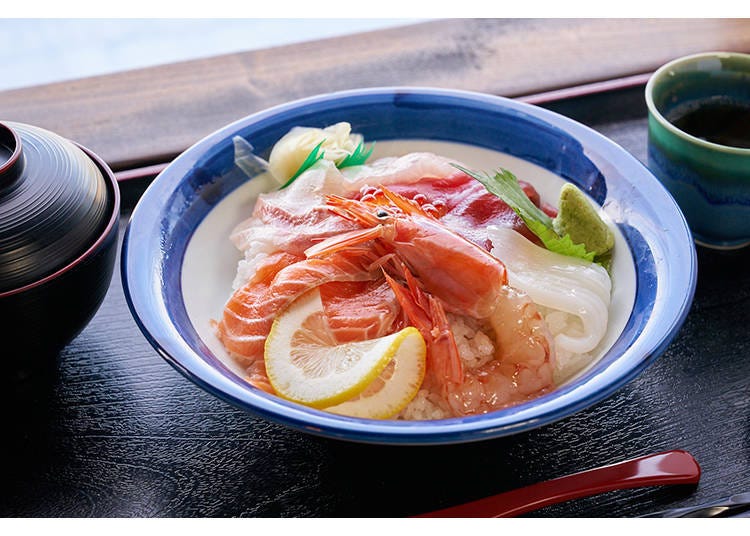
The menu features rice bowls topped with fresh seafood. The Kaisen-don (1,800 yen) is a bowl of rice topped with raw slices of the day’s seasonal fish, and the portions here are generous. This is a great way to sample a variety of fish.

The pride of this cafe is the Yoshitake Coffee, created by Yoshitake Miura, the man who mastered the art of flannel drip coffee! (Small, 600 yen; Medium, 800 yen). Yoshitake Miura is famous for developing the world’s first canned coffee, and the cafe began selling Yoshitake Coffee to honor his birthplace nearby. The unique brewing method using twill flannel allows customers to fully enjoy the coffee’s refreshing aftertaste and the richness of the coffee beans.
-
Gallery & Cafe FUNGallery & Cafe FUN
- Address 1069-1 Nishimura-cho, Hamada City, Shimane Prefecture
- Phone Number 090-3637-8282
Closed Mondays and Tuesdays


Shokusai Bishu Shaoshun, an izakaya, is an ideal spot for a seafood dinner. They pride themselves on daily purchases of fresh fish from Hamada City, which they skillfully present as fresh sashimi and in a variety of inventive dishes. Additionally, for those who appreciate sake, the restaurant offers an extensive selection of local sakes sourced from breweries across Shimane Prefecture.
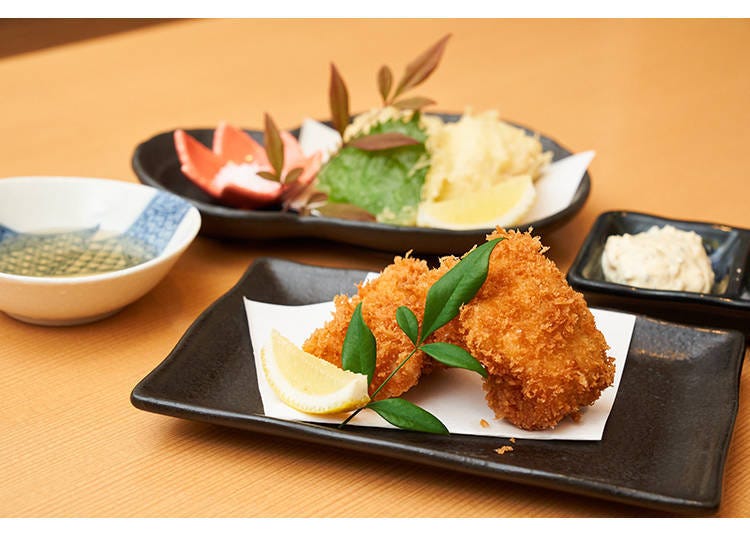
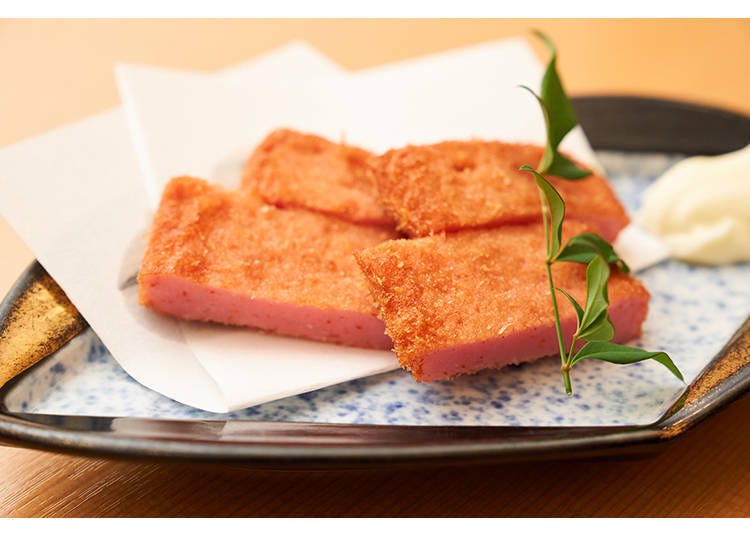
Try some of their unique dishes that can't be found anywhere else. Favorites include fried raw bato, which is a white fish from Hamada (770 yen), and akaten (300 yen), a Hamada specialty of minced fish fry topped with red chili pepper paste.
-
Shokusai Bishu Shaoshun食彩美酒 小旬
- Address 127 Kurokawa-cho, Hamada City, Shimane Prefecture
- Phone Number 0855-28-7270
Closed Sundays
Must-visit Tourist Attractions in Hamada City
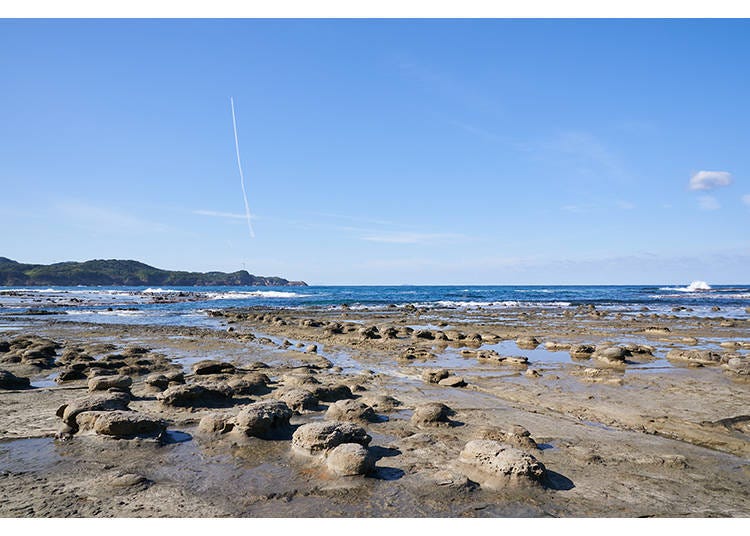

Iwami Tatamigaura is the pride of Hamada City. At this raised seabed, you can see layers of the earth that are 16 million years old. The name comes from the grid-like cracks in the rocks that resemble tatami mats. Nodules made of fossilized calcium carbonate and other materials dot the landscape. Standing on the rocks and staring out at the Sea of Japan, visitors can immerse in the mysterious and powerful natural landscape.


Hamada’s allure extends beyond its oceanic beauty. The stunning mountains encircling Hamada City are home to hot springs, with Mimata Onsen standing out for its exceptional spring water quality. The waters here have a high PH and metasilicic acid level, known to enhance skin metabolism. This has earned the hot springs in this area the nickname “waters of beautiful skin,” celebrated for their skin-nourishing properties.
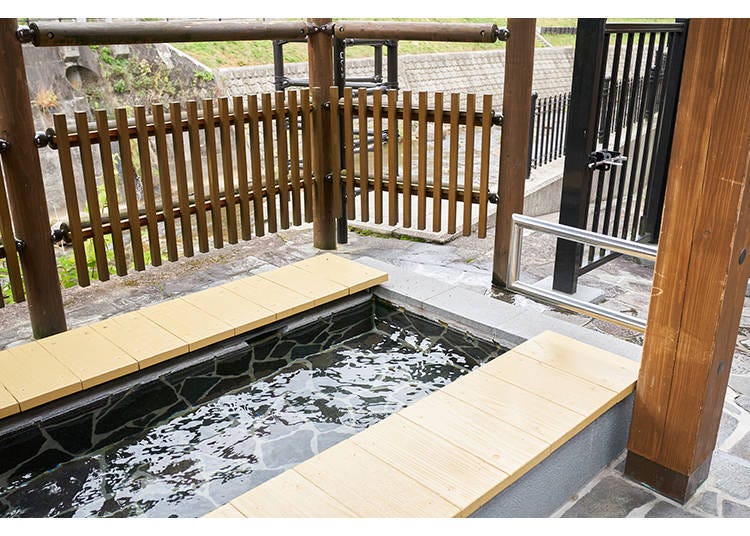
You can enjoy a free footbath at the entrance to the hot spring resort. No reservation is required, so sit back and relax as you look out over the view of nature. The hot waters will warm your entire body.


If you want a longer hot spring experience, try the Mimata Onsen National Recreation Center. In addition to the large baths, private family baths are available for 2,500 yen per hour, allowing families and couples to soak in the hot springs in complete privacy. Bath fees are 600 yen for adults and 300 yen for children.
-
Mimata Hot Springs Kokumin Hoyo Center美又温泉国民保養センター
- Address 32-1 Oibara, Kanagicho, Hamada City, Shimane Prefecture
- Phone Number 0855-42-0353
Closed Wednesdays


Located in front of JR Hamada Station, the Donchichi Kagura Clock Tower is a popular tourist spot beloved by locals. The clock features a variety of karakuri, or Japanese mechanical figures. The figures perform for five minutes every hour from 8 AM to 9 PM. They put on a rendition of the famous “Orochi” Iwami-kagura performance. Just like the real thing, Susanoo-no-Mikoto battles Orochi as musicians play flutes and taiko drums. Be sure not to miss this hourly performance.
Getting Around Hamada City
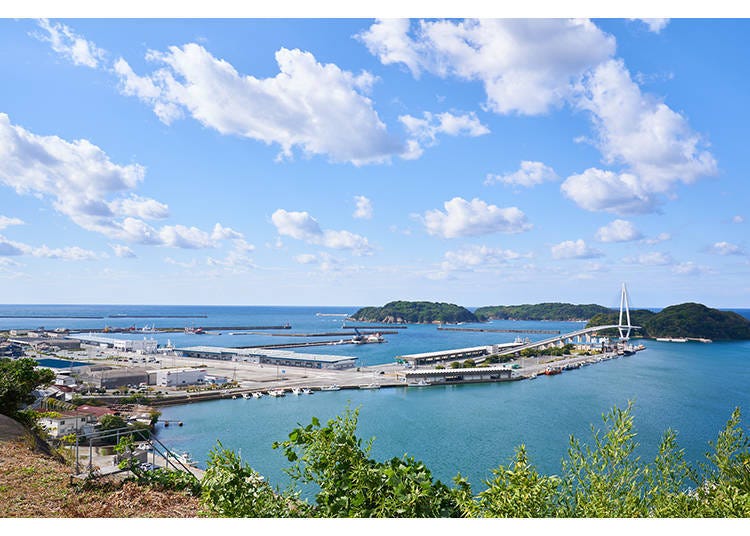
Hamada City is accessible from both Hagi-Iwami Airport and Izumo Airport. From Hagi-Iwami Airport, travel 15 minutes by bus to JR Masuda Station, then take a 35-minute San’in Line (limited express) to Hamada Station. From Izumo Airport, it’s a 20-minute bus ride to JR Izumo-shi Station, followed by a 1 hour and 10-minute San’in Line (limited express) journey to Hamada Station.
Taxis offer a convenient mode of transport in Hamada City. It's advisable to contact cab companies beforehand to check for services like foreign language assistance or charter options. While many taxi drivers may not be able to speak English, all the destinations mentioned in this guide are well-known within Hamada City, ensuring that any taxi can easily navigate to these sites. See this article for helpful phrases on using a taxi in Japan.
Hamada City in Shimane Prefecture, where the vibrant Iwami-kagura folk dance was born, is surrounded by the sea and mountains. This beautiful city offers a wealth of tourist attractions, like great seafood restaurants and soothing hot springs. For those seeking to experience Japan’s nature, culture, and cuisine, there’s no better destination for your next trip to Japan than Hamada City.
- Area
- Category
-
Sponsor Content Must-See
*Prices and options mentioned are subject to change.
*Unless stated otherwise, all prices include tax.
Limited time offer: 10% discount coupons available now!
-

Step Into the Story: Inside Immersive Fort Tokyo
-

15 Must-Try Sushi Restaurants in Tokyo (+5 Trending Areas to Explore for Foodies)
-

12 Unique & Fun Tokyo Food Tours to Enjoy in 2024
-

Everything You Need To Know About the Kyoto-Osaka Sightseeing Pass
-

A Complete Guide to the JR West Kansai Area Pass
-

Best Things to Do in Tokyo in April 2024: Events, Festivals & More
-

'Japanese people are way too sly!' 8 reasons why foreigners were shocked at Japanese beauty salons
-
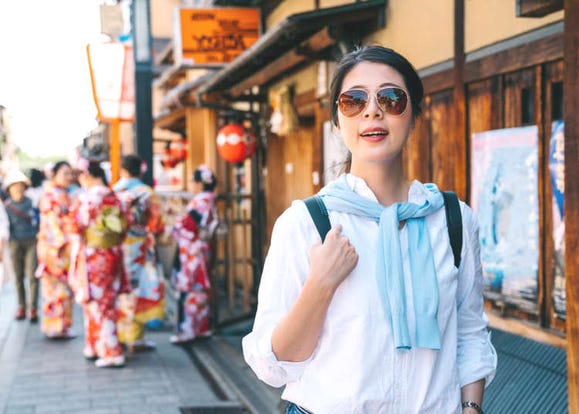
There are 30 Types of Japan Travelers, And Which One You Are Will Change Your Trip
-

Shopping at Omotesando Harajuku: Crossroads between Culture and Fashion!
-

What to Pack for Japan: 8 Essential Things for a Hassle-Free Trip
-
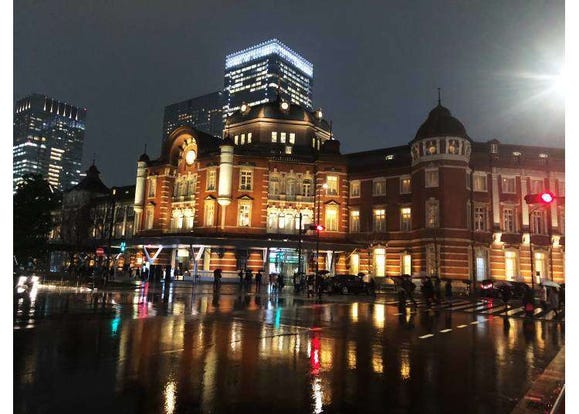
Exploring Tokyo Station: 10 Must-Visit Spots Around the Heart of Tokyo
-
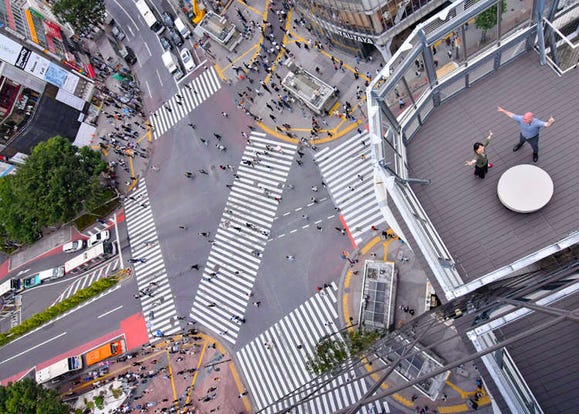
Shibuya Crossing: Getting the Best View from the Deck at Magnet by Shibuya109!
- #best ramen tokyo
- #what to buy in ameyoko
- #what to bring to japan
- #new years in tokyo
- #best izakaya shinjuku
- #things to do tokyo
- #japanese nail trends
- #what to do in odaiba
- #onsen tattoo friendly tokyo
- #daiso
- #best sushi ginza
- #japanese convenience store snacks
- #best yakiniku shibuya
- #japanese fashion culture
- #best japanese soft drinks












